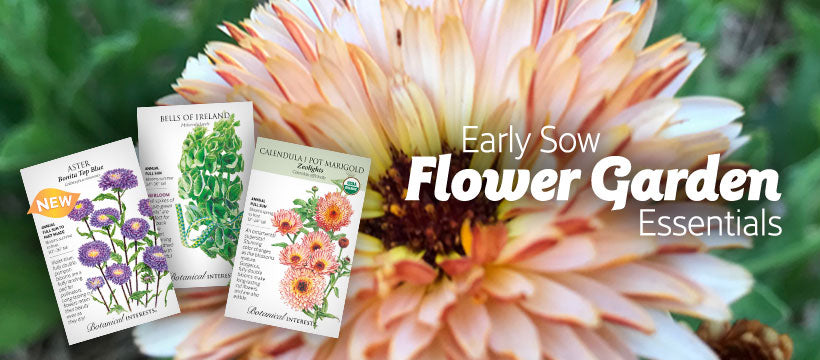After weeks of growing tomatoes in your garden, whether you live in a warm or cool climate, you'll have to think about harvesting and storing your many plump tomatoes. Below are some tips and techniques to make the most out of your abundant tomato crop.
Re-direct Plant Energy
If you are within a few weeks of the first frost, clip off all remaining blossoms. You can also cut the roots on two sides of the plant with a shovel. About 8 inches from the stem, plunge a shovel into the ground on two sides of the plant. This will force the plants to channel all energy into ripening the existing fruits.
Frost Protection
To protect your tomato plants through the first few light frosts, you can cover them at night with a blanket, a frost cloth, or a piece of thick plastic that drapes all the way to the ground. It's worth the effort if a lot of fruit on the plant is already turning color, and you prefer them to be fully vine-ripened, and you know that the weather will warm again. Alternatively, fruit that is showing a blush of the ripe color will ripen indoors on the kitchen counter just fine. If the weather will stay cool from this point on and if your tomatoes are too immature, they may not ripen. If a hard frost, below 28ºF, is predicted, fruit should be brought indoors to avoid frost damage.
Short-term Storage
If frost is imminent, the easiest way to quickly save your tomatoes is to pull up the plants and hang them upside down in a cool, well-ventilated area like a garage or basement. The fruits will continue to ripen over the next few weeks. (Check the plants daily for ripe fruit. Over-ripe fruit may fall on the floor.) You can also pick individual full-sized green fruits, place them in single layer inside a cardboard box with newspaper above and below them. Store the box of green tomatoes in a cool, dry area, checking them regularly for ripening. A temperature of 55°–68°F degrees is ideal for ripening in storage. Contrary to popular lore, tomatoes do not ripen faster on a windowsill. They'll ripen the fastest in a warm, dark area. Avoid storing tomatoes in the refrigerator; it's too cold for ripening and will adversely affect the flavor and texture. Storing an apple or banana with the green tomatoes can speed ripening, because apples and bananas emit ethylene.
Dehydrating
Whole cherry tomatoes or slices of large tomatoes can be dried down in a dehydrator or the oven at 150°F. In Italy, sun-dried tomatoes are made by hanging plants outside to dry in the sun on hot tile roofs. You can try drying outdoors too if your outdoor temperatures are at least 85°F. Lay a single layer on a cookie sheet and protect them from insects with a layer of cheesecloth. It will take two or three days to dry slices down (longer for whole cherry tomatoes), and they should be brought in during the night. Fully dried tomatoes will be dry, but pliable. Store in airtight jars.
Freezing
Drop whole tomatoes in boiling water for 30 seconds. Remove from the boiling water and plunge them immediately into a bowl of ice water. After 30 seconds, remove from the ice water and slip the skins off. Freeze (whole or chopped) in a freezer-safe container for up to one year.
Canning
When canning tomatoes follow directions that came with your canning equipment and use a tested recipe for safety. Low-acid fruit, like tomatoes, can grow botulism, if a safe canning recipe is not used. Paste tomatoes are generally used in canning because they are drier and often contain fewer seeds.
Sharing
During the last weeks of tomato harvest, consider sharing your excess harvest with friends, neighbors, and coworkers. Unlike the notorious giant zucchini, fresh tomatoes make wonderful gifts! They'll be so impressed with the flavor of your homegrown tomatoes that they might even be inspired to plant a few themselves next season.


